(JL558A) Switch “Aruba” 2930F 48G PoE+/4SFP+
239,450.00฿
| SKU | JL558A |
| Brand | Aruba |
| Model | [JL558A] Switch “Aruba” 2930F 48GPoE+4SFP+740W |
| I/O Ports and Slots | 48 RJ-45 PoE+ autosensing 10/100/1000 ports, 4 SFP 1G ports |
| Memory and Processor | Dual Core ARM Coretex A9 @ 1016 MHz, 1 GB DDR3 SDRAM; Packet buffer size: 12.38 MB 4.5MB Ingress/7.785 Egress,4 GB eMMC |
| Throughput | up to 112.0 Mpps |
| Switch Capacity | 176 Gbps |
| MAC address table size | 32768 entries |
| Frequency | 50/60 Hz |
| AC voltage | 100 – 127 / 200 – 240 VAC, rated |
| Management | Aruba AirWave Network Management; IMC – Intelligent Management Center; Command-line interface; Web browser; Configuration menu; SNMP manager; Telnet; RMON1; FTP; Out-of-band management (serial RS-232C or micro USB) |
| Dimension | 17.42 (w) x 12.77 (d) x 1.73 (h) in (44.25 x 32.42 x 4.39 cm) |
| Weight | 10.56 lb (4.79 kg) |
| Warranty | Limited Lifetime Warranty |
ARUBA 2930F SWITCH SERIES (JL558A)
PRODUCT OVERVIEW
The Aruba 2930F JL558A Switch is designed for customers creating smart digital workplaces that are optimized for mobile users with an integrated wired and wireless approach. These convenient Layer 3 network switches include built-in uplinks and PoE power and are simple to deploy and manage with advanced security and network management tools like Aruba ClearPass Policy Manager, Aruba AirWave and cloudbased Aruba Central.
A powerful Aruba ProVision ASIC delivers performance , robust feature support and value with programmability for the latest applications. Stacking with Virtual Switching Framework (VSF) provides simplicity and scalability. The 2930F supports built-in 1GbE or 10GbE uplinks, PoE+, Access OSPF routing, Dynamic Segmentation, robust QoS, RIP routing, and IPv6 with no software licensing required.
The Aruba 2930F Switch Series provides a convenient and cost-effective access switch solution that can be quickly set up with Zero Touch Provisioning. The robust Layer 3 feature set includes a limited lifetime warranty.
ENHANCED CAPABILITIES
Unified Wired and Wireless Support
- Supports unified wired and wireless policies using Aruba ClearPass Policy Manager
- Switch auto-configuration automatically configures switch for different settings such as VLAN, CoS, PoE max. power, and PoE priority when an Aruba access point is detected
- User Role defines a set of switch-based policies in areas such as security, authentication, and QoS. A user role can be assigned to a group of users or devices, using switch-based local user role or download from ClearPass
- For improved network simplicity and security, Aruba Dynamic Segmentation automatically enforces user, device and application-aware policies on Aruba wired and wireless networks. Automated device profiling, role-based access control, and Layer 7 firewall features deliver enhanced
visibility and performance for a better overall experience for both IT and end users alike - Dynamic Segmentation provides a secure tunnel that transports network traffic on a per-port or per-user role basis to an Aruba Controller. In a per-user role Tunnel Node, users are authenticated by the ClearPass Policy
KEY FEATURES OF JL558A
- Aruba Layer 3 switch series with VSF stacking, static, RIP and Access OSPF Routing, Dynamic Segmentation, ACLs, and robust QoS
- Supports advanced security and network management via Aruba ClearPass Policy Manager, Aruba AirWave and Aruba Central
- Convenient built-in 1GbE or 10GbE uplinks and up to 740 W PoE+
- Software defined ready with REST APIs and OpenFlow support
- Simple deployment with Zero Touch Provisioning Manager which directs traffic to be tunneled to an Aruba controller or switch locally
- Static IP visibility allows ClearPass to do accounting for clients with a static IP address
Software-defined networks
- Supports multiple programmatic interfaces, including REST APIs and Openflow 1.0 and 1.3, to enable automation of network operations, monitoring, and troubleshooting
Quality of Service (QoS)
- Traffic prioritization (IEEE 802.1p) for classification into eight priority levels mapped to eight queues
- Layer 4 prioritization based on TCP/UDP port numbers
- Class of Service (CoS) sets the IEEE 802.1p priority tag based on IP address, IP Type of Service (ToS), Layer 3 protocol, TCP/UDP port number, source port, and DiffServ
- Rate limiting sets per-port ingress enforced maximums and per-port, per-queue minimums
- Large buffers provide graceful congestion management
- Unknown Unicast Rate Limiting throttles unicast packets with unknown destination addresses and limits flooding on the VLAN
Connectivity
- Convenient built-in 10 Gbps Ethernet (4 x SFP+) uplinks available on select models
- 12 port fanless model with built-in power supply includes 12 x 1 Gbps Ethernet PoE+ ports and four built-in uplinks (2 x SFP+ and 2 x 1GBASE-T)
- Auto-MDIX provides automatic adjustments for straight-through or crossover cables on all 10/100 and 10/100/1000 ports
- IEEE 802.3at Power over Ethernet (PoE+) provides up to 30 W per port that allows support of the latest PoE+-capable devices such as IP phones, wireless access points, and security cameras, as well as any IEEE 802.3af-compliant end device; eliminates the cost of additional electrical cabling and circuits that would otherwise be necessary in IP phone and WLAN deployments
- Support for pre-standard PoE detects and provides power to pre-standard PoE devices
- IPv6
- IPv6 host enables switches to be managed in an IPv6 network
- Dual stack (IPv4 and IPv6) transitions from IPv4 to IPv6, supporting connectivity for both protocols
- MLD snooping forwards IPv6 multicast traffic to the appropriate interface
- IPv6 ACL/QoS supports ACL and QoS for IPv6 network traffic
- IPv6 routing supports static and RIPng protocols
- Security provides RA guard, DHCPv6 protection, dynamic IPv6 lockdown, and ND snooping
Performance and efficiency
- Energy-efficient design
- 80 PLUS Silver Certified power supply increases power efficiency and savings
- Energy-efficient Ethernet (EEE) support reduces JL558A power consumption in accordance with IEEE 802.3az
- Designed with the latest Aruba Provision ASIC, providing very low latency, increased packet buffering, and adaptive power consumption
- Selectable queue configurations allows for increased performance by selecting the number of queues and associated memory buffering that best meet the requirements of the network applications
- Stacking Topology
- Virtual Switching Framework (VSF) front plane stacking creates one virtual resilient switch from up to eight* switches
- Ring topology—Supports up to eight member stack
- Virtualized switching provides simplified management as the switches act as a single chassis when stacked
Convergence
- IP multicast snooping and data-driven IGMP automatically prevents flooding of IP multicast traffic
- LLDP-MED (Media Endpoint Discovery) defines a standard extension of LLDP that stores values for parameters such as QoS and VLAN to automatically configure network devices such as IP phones
- IEEE 802.1AB Link Layer Discovery Protocol (LLDP) facilitates easy mapping using network management applications with LLDP automated device discovery protocol
- PoE and PoE+ allocations support multiple methods (automatic, IEEE 802.3at dynamic, LLDP-MED fine grain, IEEE 802.3af device class, or user-specified) to allocate and manage PoE/PoE+ power for more efficient energy savings
- Local MAC Authentication assigns attributes such as VLAN and QoS using a locally configured profile that can be a list of MAC prefixes
- IP multicast routing includes PIM Sparse and Dense modes to route IP multicast traffic (limited to 16 interfaces)
- Protocol Independent Multicast for IPv6 supports one-tomany and many-to-many media casting use cases such as IPTV over IPv6 networks
Resiliency and high availability
- IEEE 802.1s Multiple Spanning Tree provides high link availability by allowing Multiple Spanning Trees; provides legacy support for IEEE 802.1d and IEEE 802.1w
- Virtual Router Redundancy Protocol (VRRP) allows groups of two routers to dynamically back each other up to create highly available routed environments for IPv4 and IPv6 networks (limited to 128 VRs)
- IEEE 802.3ad link aggregation control protocol (LACP) and port trunking support up to 60 static or dynamic trunks active across a stack, with each trunk having up to eight links (ports) per static trunk; and offer support for trunking across stack members
- SmartLink provides easy-to-configure link redundancy of active and standby links
มาเป็นคนแรกที่วิจารณ์ “(JL558A) Switch “Aruba” 2930F 48G PoE+/4SFP+” ยกเลิกการตอบ
This site uses Akismet to reduce spam. Learn how your comment data is processed.
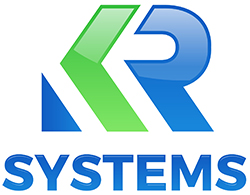
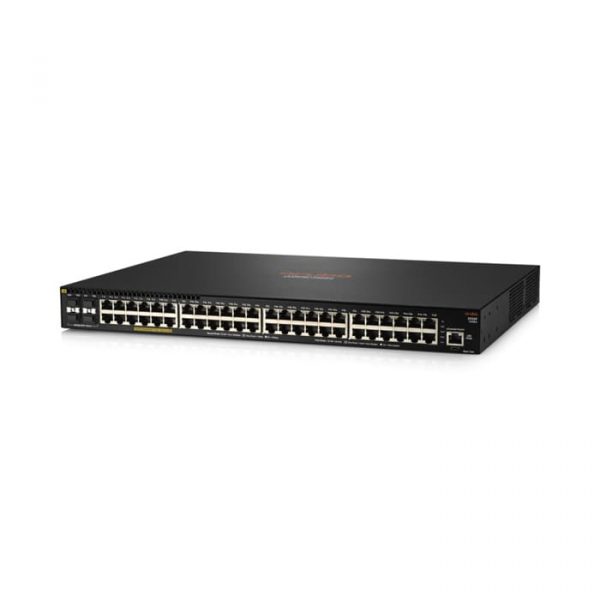
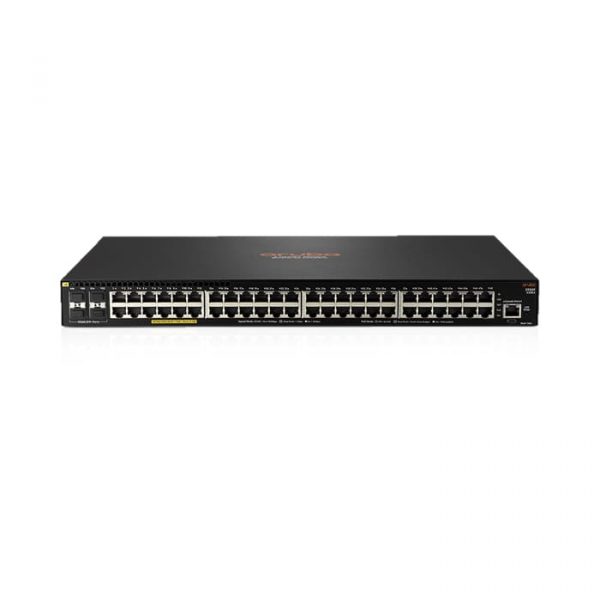
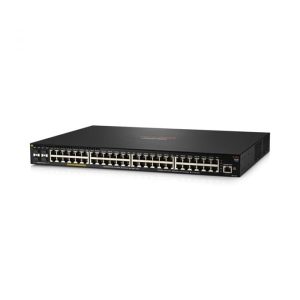
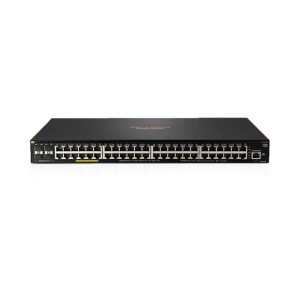
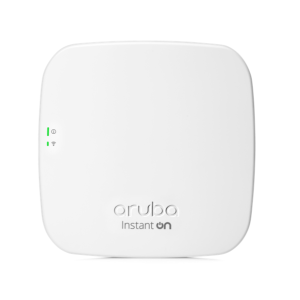
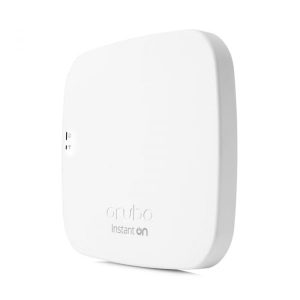
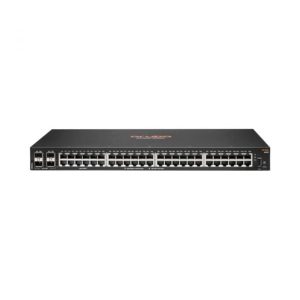
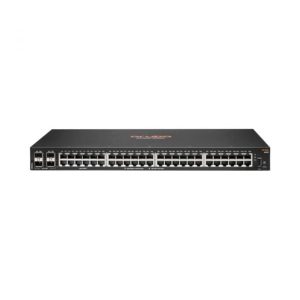
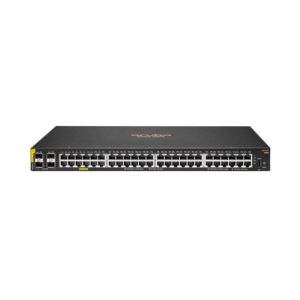
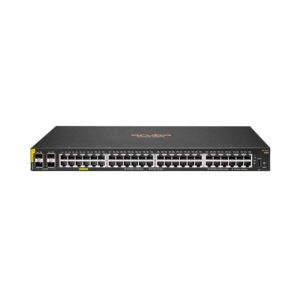
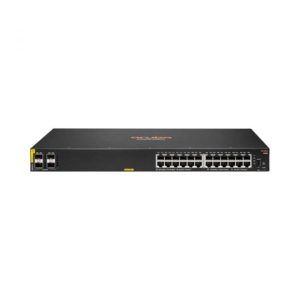
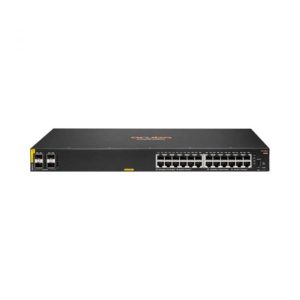
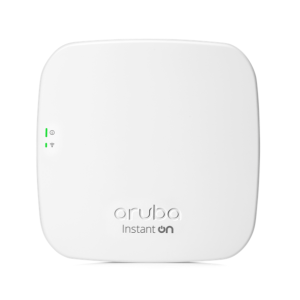
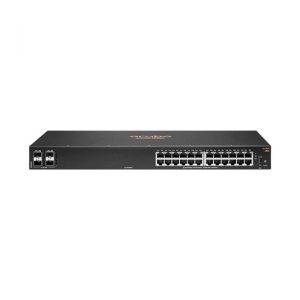
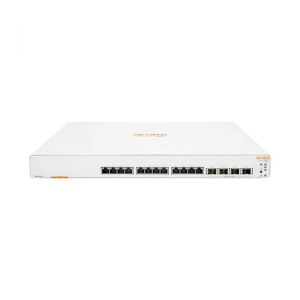
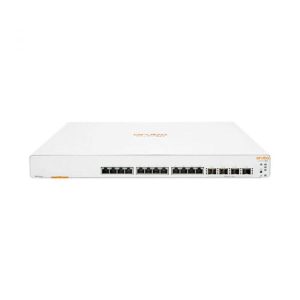
รีวิว
ยังไม่มีบทวิจารณ์